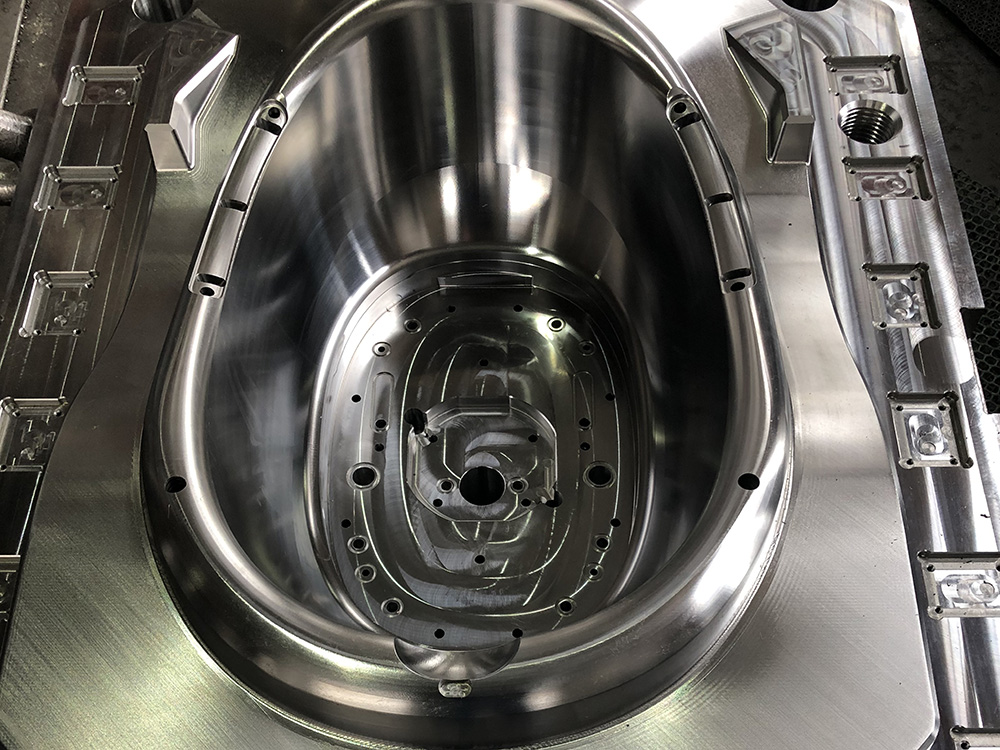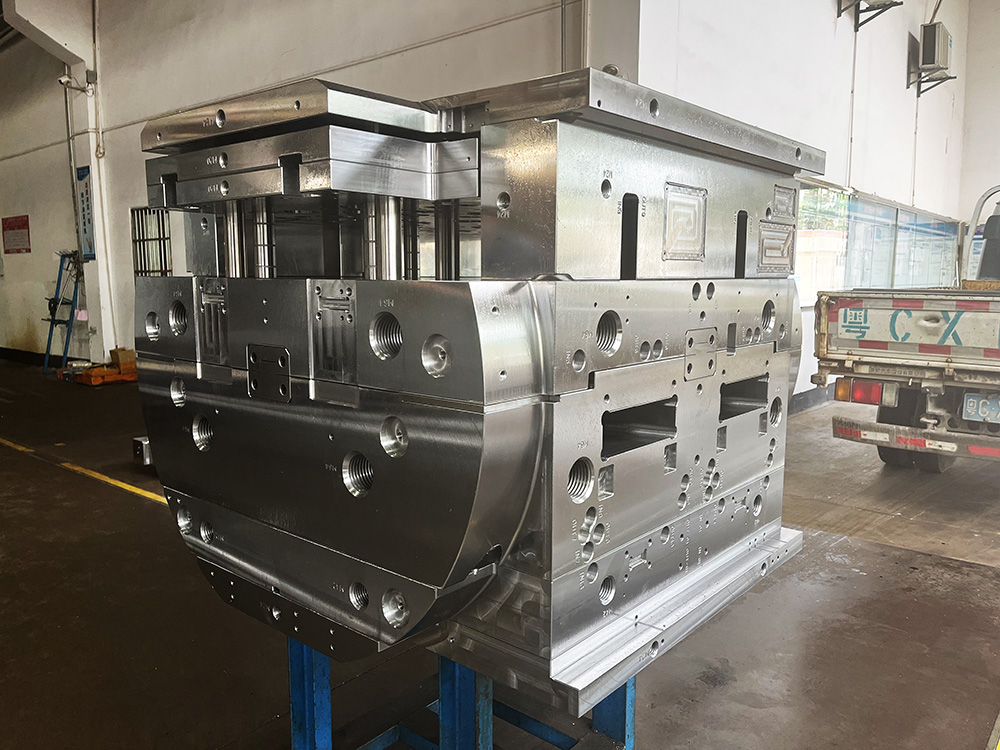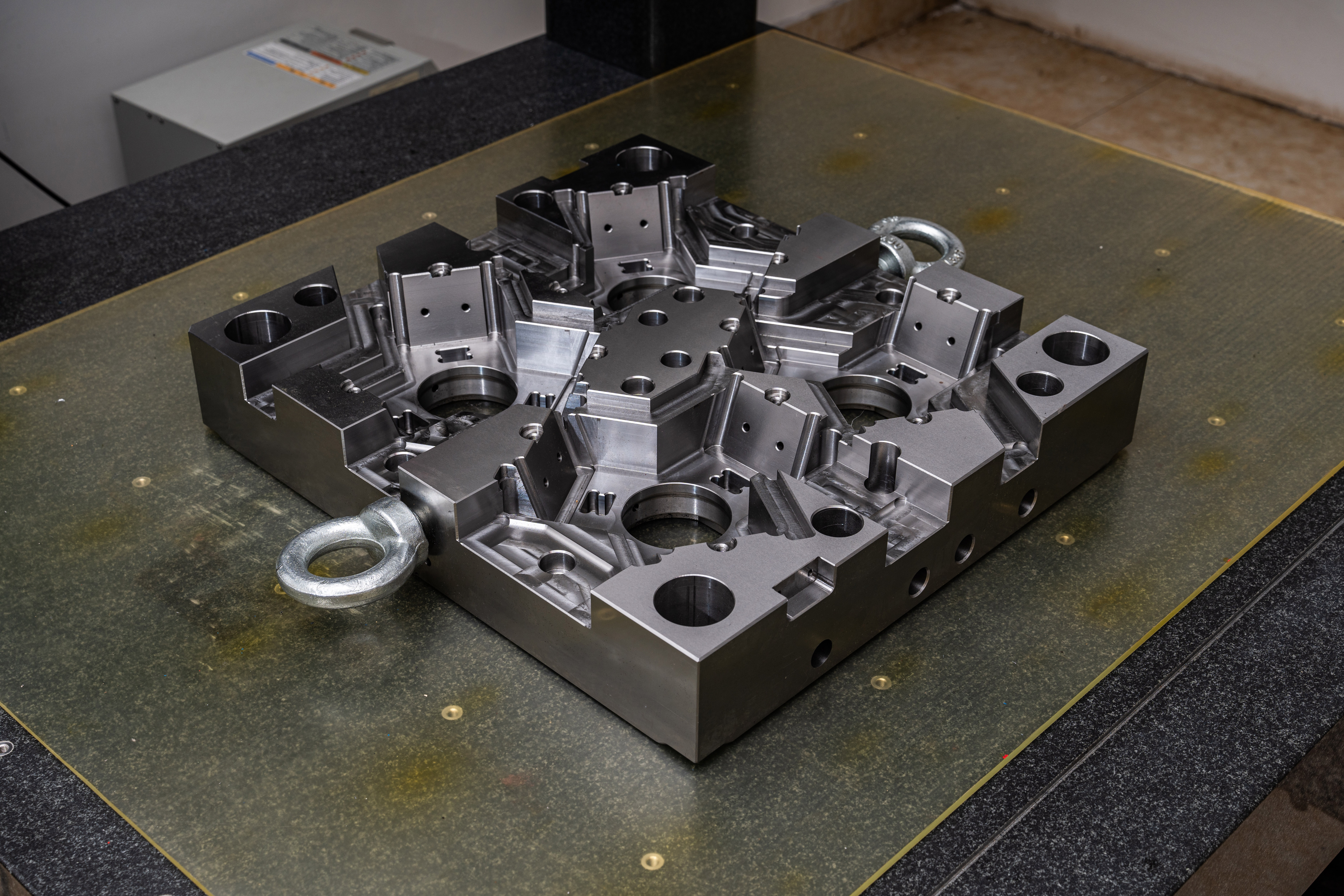How to Properly Dispose of Used Mold Frames in a Mold Factory
Proper disposal of used mold frames is of utmost importance in the mold base industry. This essential practice ensures the efficient operation of a mold factory, minimizes environmental impact, and complies with regulations. In this article, we will discuss the steps involved in the proper disposal of used mold frames in a mold factory.
Step 1: Evaluate the Condition of Mold Frames
Before disposing of the used mold frames, it is crucial to evaluate their condition. This evaluation helps determine if the frames can undergo refurbishment or if they need to be discarded. Frames that are in good condition can be reused or refurbished, saving costs and resources.
Step 2: Separate the Components
Next, separate the components of the mold frames, such as the base plate, support pillars, and clamping system. This separation facilitates the recycling and disposal processes, as each component can be handled appropriately.
Step 3: Cleaning and Degreasing
Before disposal, it is necessary to clean and degrease the mold frames. This process removes any residues, contaminants, or release agents present on the frames. Cleaning and degreasing can be done using industry-approved solvents or cleaning agents.
Step 4: Decision Making
Based on the evaluation conducted in Step 1, decide whether the mold frames can be refurbished or if they need to be disposed of. If refurbishment is possible, select a reputable refurbishment facility that complies with industry standards to ensure the frames are restored to optimal conditions.
Step 5: Recycling or Disposal
If the mold frames are beyond refurbishment or if refurbishment is not cost-effective, they should be properly disposed of. The disposal process may involve recycling or sending the frames to a licensed waste management facility. Compliance with local regulations regarding waste disposal is essential.
Step 6: Document the Disposal Process
Throughout the entire disposal process, it is crucial to document each step taken. This documentation should include the evaluation, refurbishment, recycling, or disposal procedures followed. Proper documentation ensures transparency, compliance, and traceability.
Step 7: Continuous Improvement
The proper disposal of used mold frames is not a one-time task but a continuous effort. Establish a system for periodic evaluation of the disposal process to identify opportunities for improvement. This may include implementing more efficient recycling practices, exploring alternative disposal methods, or reviewing the effectiveness of refurbishment options.
Conclusion
Proper disposal of used mold frames is integral to the functioning of a mold factory. By following the steps outlined in this article, mold base industries can ensure the appropriate handling of used frames. This promotes sustainability, complies with regulations, and contributes to overall operational efficiency in the mold base industry.




